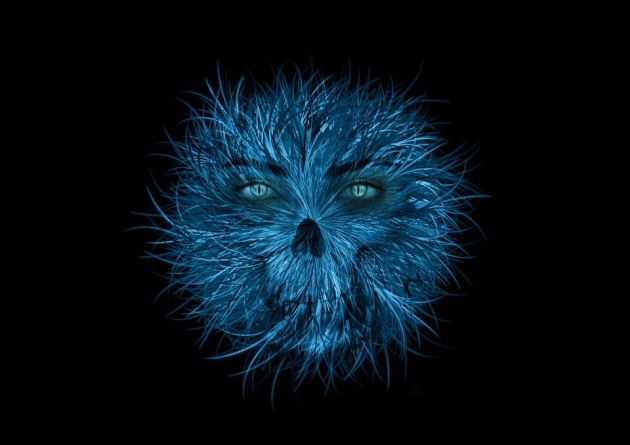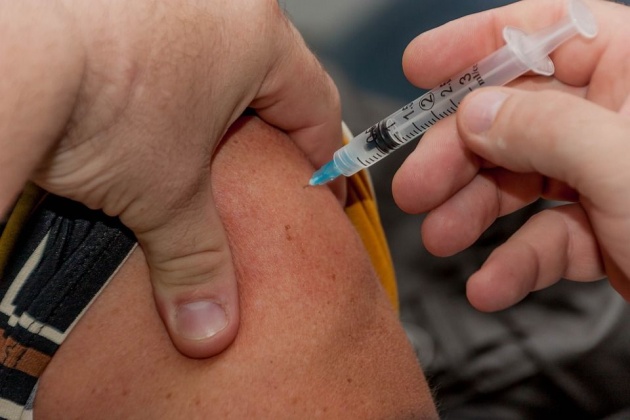Have you ever experienced having cold, influenza, and sore eyes? How did you feel? Have you heard or read of people having tuberculosis, cholera, leprosy, or typhoid fever?
The above-mentioned diseases are a serious concern because they are communicable. what is a communicable disease?
Causes of Communicable Diseases

Microbes cause diseases. Microbes are harmful tiny living things that can only be seen under the microscope. Microbes are like basketballs. They can be passed on from one person to another. They cause communicable diseases. When a disease is communicable, it can always be transferred to another person.
Microbes are in four types namely:
- viruses
- bacteria
- fungi
- protozoa
Viruses are the smallest microbes and can be seen through an electron microscope. They grow within living cells. Viruses cause COMMON COLD, MUMPS, AND MEASLES.
Bacteria are BIGGER than viruses. They are the most common living organisms on Earth. They thrive in all places- soil, water, air, and other living things. They cause many common diseases like tuberculosis, tooth decay, and eye infections.
Fungi are plant-like organisms with no roots, stems, or leaves. They vary in size from microscopes yeasts and moles to mushrooms. A kind of FUNGI causes athlete's foot and ringworm.
Protozoans are the largest of microbes. They usually live in ponds, streams, and bodies of water. Amoeba, a kind of protozoa, causes amoebic dysentery. An amoeba can contaminate food and live in polluted water.
To find out particular microbes or germs that cause certain diseases, a doctor does special tests. The test will help the doctor identify the microbes and prescribe the proper medication to kill the microbe and treat the disease.
How Microbes Enter the Body

Microbes and germs get inside the body in many ways and cause diseases.
- If you breathe in polluted air
- If you drink or use contaminated or untreated water
- If you eat uncooked or contaminated food. If an insect bites you, germs get into your blood
- If you used the things used by a sick person, you may get the germs causing the sickness. Kissing germs will also transfer the germs to you.
- If you cut or break your skin
- If you rub your eyes with dirty hands
- If you put dirty things on your mouth
Common Communicable Diseases Caused by Microbes in the Body

Tuberculosis
One of the most common communicable diseases in the Philippines is TUBERCULOSIS or TB. It affects the lungs.
A person who has tuberculosis or TB has a poor appetite, gets tired easily, loses weight, has prolonged cough, chest pain, fever at night, and at its worst blood in the sputum.
Rest of the body is very important for a person who has tuberculosis. He should see the doctor for his MEDICATION. He should have plenty of milk, eggs, vegetables, fruits in his daily diet, besides other daily requirements. His room should be well ventilated. His things should be separated from those used by his family so that they will not be affected too.
Influenza
Do you have running nose, cough, chill, fever, or very cold and weak and ache all over? You may have influenza. It is a MICROBE caused disease affecting the respiratory system.
A person who has influenza should take plenty of rest, drink plenty of fluid, and eat nutritious food. Applying cold compress on the head and taking a sponge bath to bring the fever down is likewise important.
Mumps
Do you have swellings below the ears and the jaws, fever, headache, poor appetite, and pain when swallowing? You may have mumps.
Mumps is contagious. It is an infection of the salivary glands caused by a VIRUS. The glands become sore and swollen.
A person with mumps should stay at home and away from other children. Applying hot compress or ice bag on the infected area will lessen the pain in the body. Eating foods and nutritious food will hasten recovery.
The Fighting Agents in the Body

You are always surrounded by microbes. However, YOU ARE NOT ALWAYS SICK. This is because the body has many ways of PROTECTING ITSELF FROM HARMFUL GERMS.
The skin helps the germs out of the body with its thick layers. Once the skin is cut or wounded, blood oozes out to wash away the germs. Then a SCAB is formed to protect the wound. A scab is a hardened skin. Sometimes, pus is formed around the wound. PUS is a collection of dead white blood cells and bacteria.
When germs get into the eyes, tears WASH them away. Tears are a bit SALTY; they can KILL germs.
The body's natural opening such as the nose, ears, and mouth are lined with mucous membranes as COVERINGS. Mucous membranes produce mucus, a sticky fluid with traps germs. When the mucous membranes are irritated by the trapped germs, they are FORCED OUT by sneezing or coughing. These body openings also have CILIA, which are tiny hair-like structures that TRAP germs. Coughing and sneezing again force out the trapped germs. Fluid like saliva and stomach juices kill germs that pass through the mouth.
The white blood cells, the last line of defense, surround and kill the germs that are able to enter the body. As germs multiply, the white blood cells increase to outnumber them. When germs multiply too quickly and rapidly that white blood cells cannot destroy them all, antibodies are produced. Antibodies are specialized proteins that help kill the germs. One kind of antibodies fight only one kind of germs. When the body has antibodies for particular diseases, the person becomes immune to the disease. He is protected from the disease.
Vaccines as Body Protectors

You do not need to get sick of certain diseases like measles, mumps, chicken pox, or polio to gain immunity. You may gain immunity through vaccines. A vaccine is a substance with weakened or dead germs that cause a specific disease. Once the vaccine is in the blood, it encourages the white blood cells to produce antibodies.
There is a suggested schedule of vaccination for children. It is best to give a child complete protection against common diseases through vaccination.
Courtesy: Fernsalini
✺ ✺ ✺ ✺ ✺ ✺ ✺
All rights reserved, 2019.



